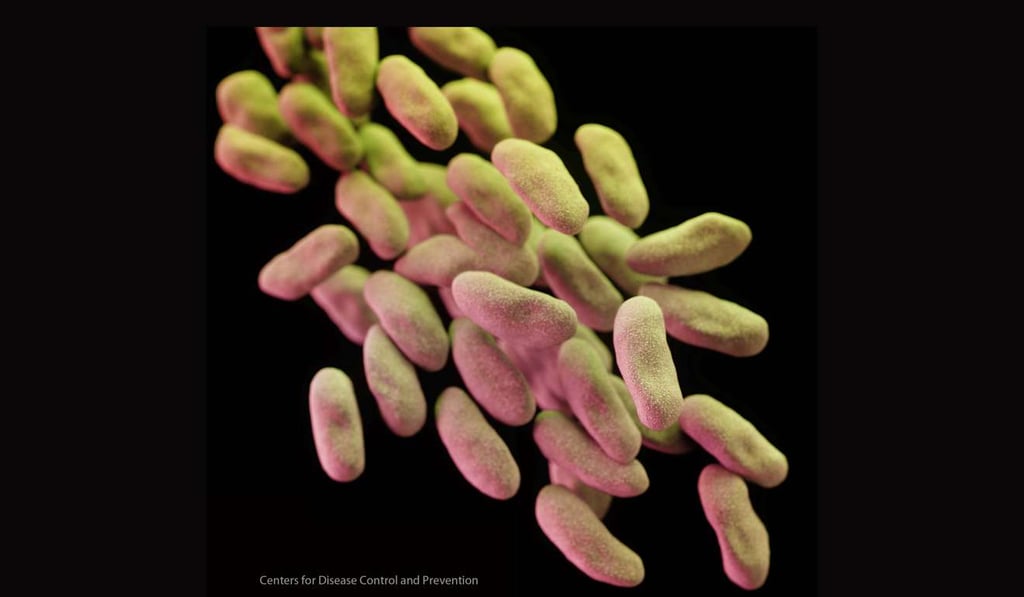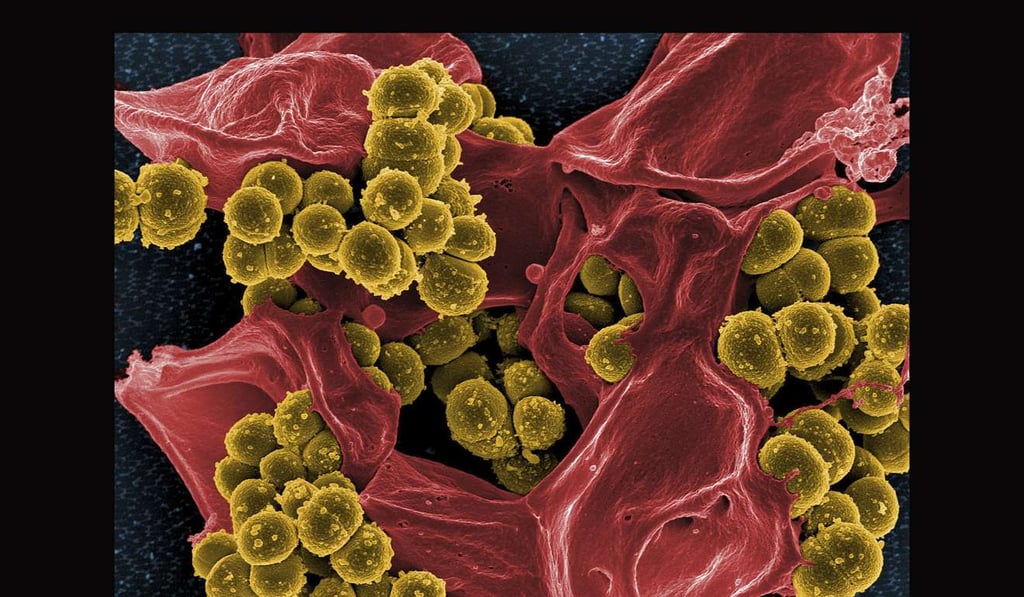Advertisement

The World Health Organisation has announced its first list of antibiotic-resistant “priority pathogens”, detailing 12 families of bacteria that agency experts say pose the greatest threat to human health and kill millions of people every year.

The list is divided into three categories, prioritised by the urgency of the need for new antibiotics. The purpose is to guide and promote research and development of new drugs, officials said.
Advertisement

Superbugs that the WHO considers the highest priority are responsible for severe infections and high mortality rates, especially among hospitalised patients in intensive care or using ventilators and blood catheters, as well as among transplant recipients and people undergoing chemotherapy.
Advertisement

Advertisement
Select Voice
Choose your listening speed
Get through articles 2x faster
1.25x
250 WPM
Slow
Average
Fast
1.25x